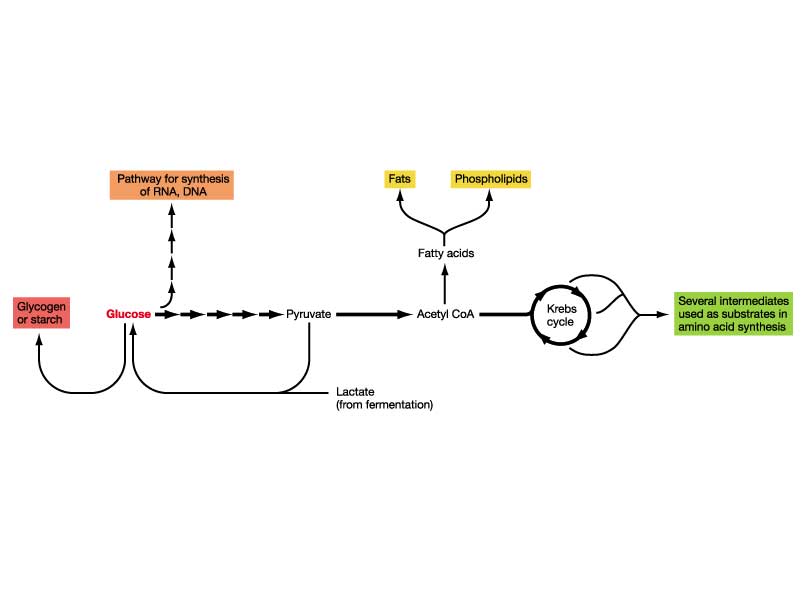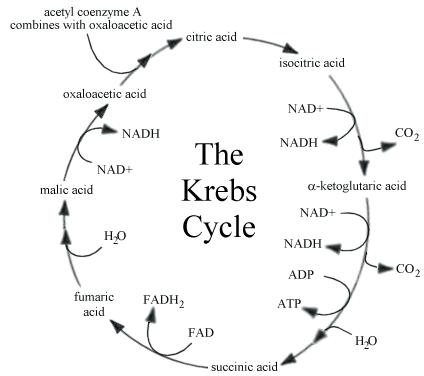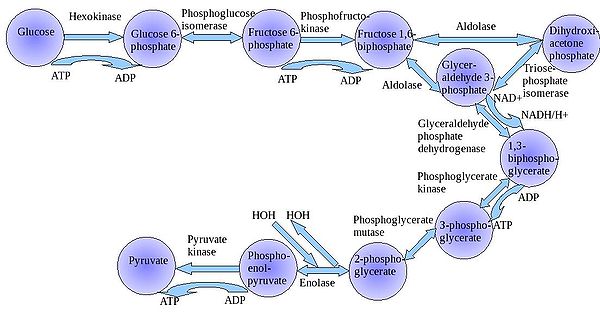Difference between Krebs cycle And Glycolysis

The body needs a constant supply of energy in order to perform both its internal as well as external functions. The primary source of energy is food, but simply eating food and even digesting it does not fuel the body with energy, as the energy is trapped inside the food molecules and needs to be released.
The process of releasing food from food molecules takes place inside the cells through cellular respiration. The energy producing process can complete via two pathways, namely Krebs cycle and glycolysis, both of which take place inside the cell.
While both the processes are carried out to release the trapped energy from food via catabolism, they both work in a different manner, under different conditions and have different requirements and products.
Krebs cycle differs from glycolysis on account of the process type, with it being a cyclic process whereas the latter is a linear array of enzymatic reactions, which happen in a series.
Another thing that sets Krebs cycle apart from glycolysis is that it involves acetyl co-A as substrate, while the latter uses glycolysis as the substrate.
Krebs cycle and glycolysis also differ from each other on account of whether they require oxygen or not. The former cannot take place in the absence of oxygen, where the latter is part of an in-aerobic respiration.
The processes of Krebs cycle and glycolysis do take place in the cell, but in different areas. While the former takes place inside the mitochondrion, the latter takes place in the cytoplasm surrounding the mitochondrion and other components of the cell.
The products of Krebs cycle inside NADH, FADH, ATP, carbon dioxide and oxaloacetic acid, whereas the products of glycolysis include NADH, ATP and pyruvic acid.
Comparing the efficiency of the two energy-releasing processes, Krebs cycle is more efficient as compared to glycolysis.
Instructions
-
1
Krebs cycle
Krebs cycle is a sequence or series of reactions that allow majority of the living organisms to generate energy during aerobic respiration. It can only take place inside the cells of eukaryotes.
Image Courtesy: papapartypoison.blogspot.com
-
2
Glycolysis
Glycolysis is the energy-releasing process that follows glycolysis in aerobic respiration. It can even happen if there is no oxygen available, though instead of following Krebs cycle in such a scenario, it is the only process that takes place.
Image Courtesy: en.wikipedia.org







